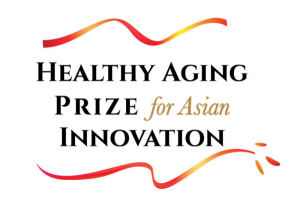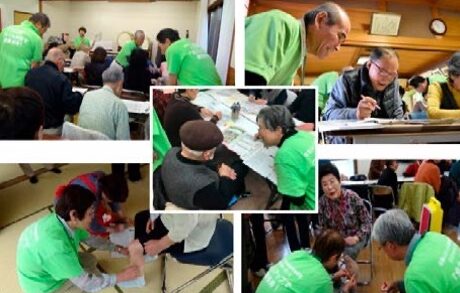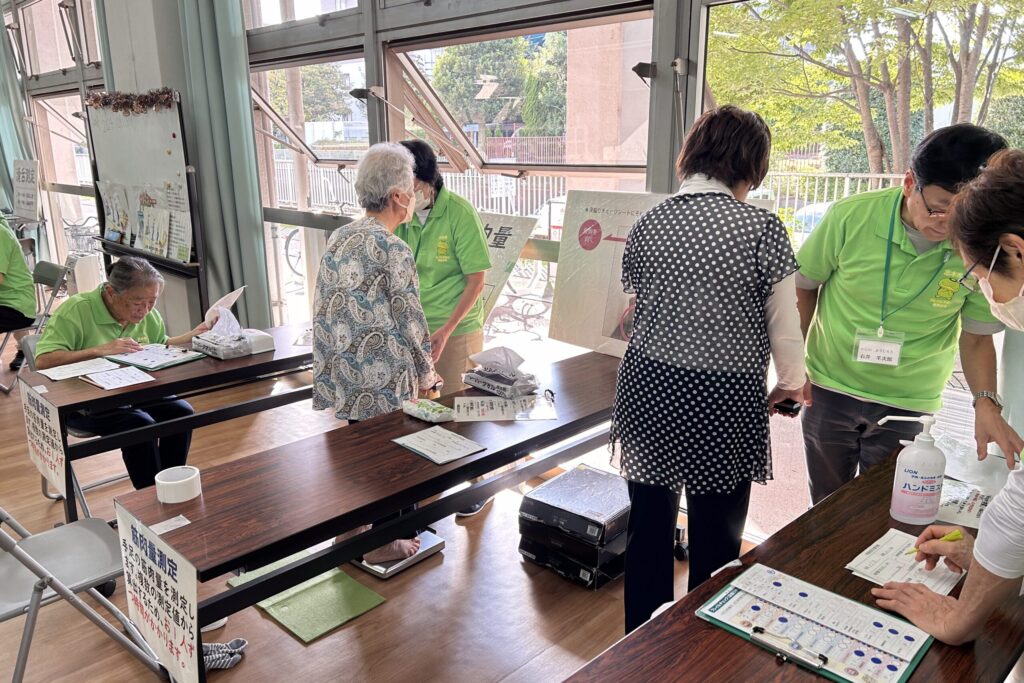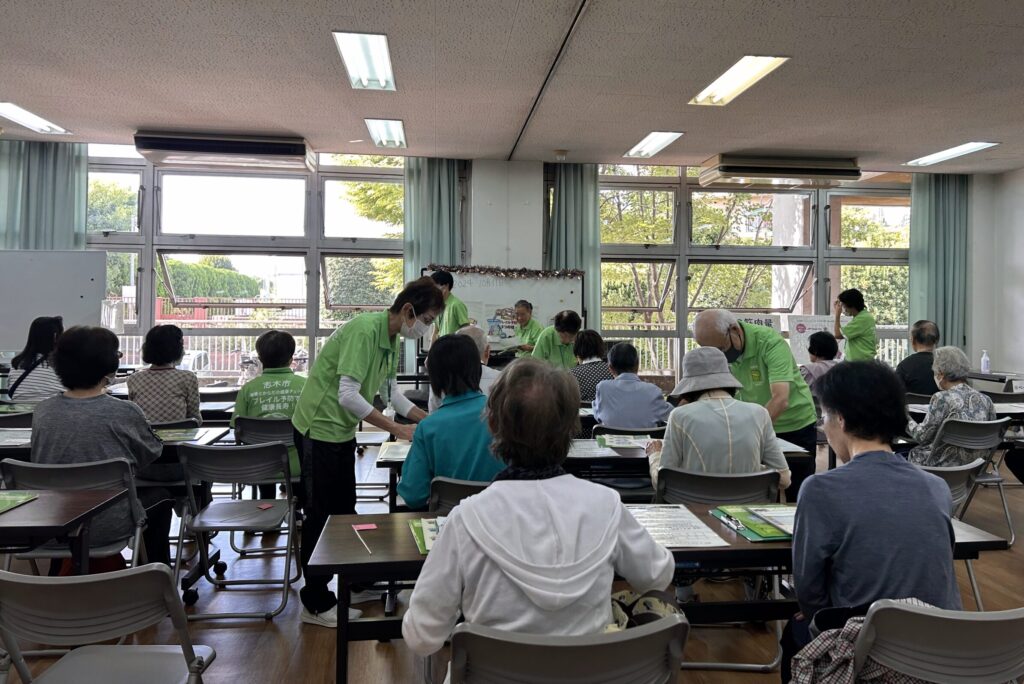2022 Japan Best Practice Winner
THE PROBLEM
Now that the prospect of a 100-year life is becoming a reality in Japan, how can people achieve true healthy longevity? While health promotion activities exist in various communities, until now the evidence supporting them has been weak, and many programs have suffered from low participation rates and low retention rates. As a result, they have done little to decrease the gap between life expectancy and healthy life expectancy, which is still about 10 years.
THE INNOVATION
A University of Tokyo research team conducted a large-scale longitudinal study of older people in Kashiwa City, located just outside of Tokyo, in 2012. The study examined about 260 data points over time and identified three pillars of frailty prevention: (1) nutrition (food/oral function); (2) physical activity; and (3) connection and participation in society. They also found that it is better if these three elements are combined as one and reflected in an individual’s life in a sustainable manner.
Based on this evidence, they introduced a new training system for local older people who could become resident volunteers, or “frailty supporters.” A peer-to-peer model for “frailty check” activities was developed where older people gather together and carry out a comprehensive assessment to notice changes and modify their behavior together. The check takes roughly two hours and uses a prepared questionnaire covering physical functions as well as residents’ emotional health and sociability. Red and blue stickers are used to check off the answers, allowing a clear visual representation of the degree of one’s frailty in terms of one’s overall daily life. The frailty supporters review the results with the participants and provide advice on how to improve diet and eating habits, and how to increase levels of exercise and social engagement. The data from the frailty check can be used to predict the risk of someone requiring additional support or nursing care. The researchers also confirmed that the frailty supporters themselves benefited as well. They showed an increased awareness of their own health and made modifications to their own daily health behaviors.
The program provides training for professional “frailty trainers” who guide the local “frailty supporters.” The program activities are carried out through local municipalities, which work with local residents to adapt the program to their needs. It is a community-driven activity that engages volunteers and gives them a sense of purpose. As of 2025, these frailty programs are being carried out in 106 towns across Japan. In addition, the university holds monthly online meetings and annual gatherings to promote the sharing of lessons and data among the various programs and strengthen the sense of unity among participating groups, and the lead professor from U. of Tokyo conducts frequent advisory tours to meet with the different groups as well.
LINKS




